Quartzy: the surrender to Disney edition
Happy Friday!

Happy Friday!
I’m Oliver Staley, Quartz’s culture and lifestyle editor. And I survived a family vacation to Disney World.
My wife and I are not Disney People. If anything, we are anti-Disney People—suspicious of corporations, chain stores, and controlled environments. We’re the type of parents who buy wooden toys and proudly deprived our children of McDonald’s for years.
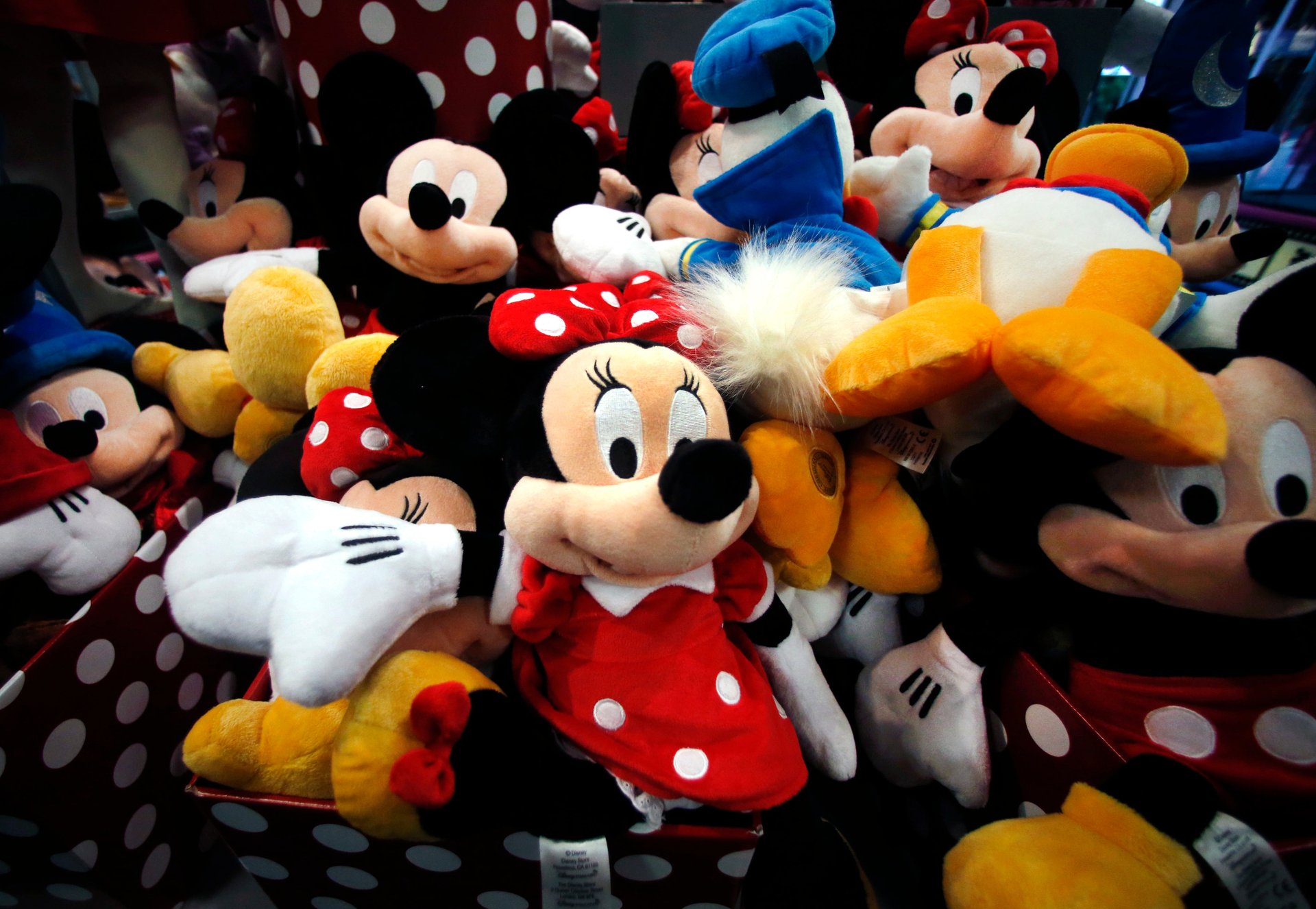
But a decade-long campaign by our kids finally wore us down, and we decided to bite the bullet before our oldest became a teenager and aged out. This was a one-time deal, I told them. We are going to get this out of our system.
I am here to tell you it was not horrible. In fact, we all had fun, even as we were left exhausted and slightly dazed by the experience. Disney is a remarkably well-engineered machine that entertains families while separating them from their money, and in our case, it succeeded on both fronts with an impressive thoroughness. We just had to shed our snark, and embrace its anodyne charms. Here’s how we did it—and how you too, might succeed at a similar feat on your next vacation.
Money matters. Disney is not for everyone because it’s not affordable for everyone. Even if you plan on a tight budget, some costs are unavoidable. A single day costs around $125, and even in the low season, a four-day pass is $350. That quickly adds up for a family, and doesn’t include food, lodging, or the inevitable souvenirs.
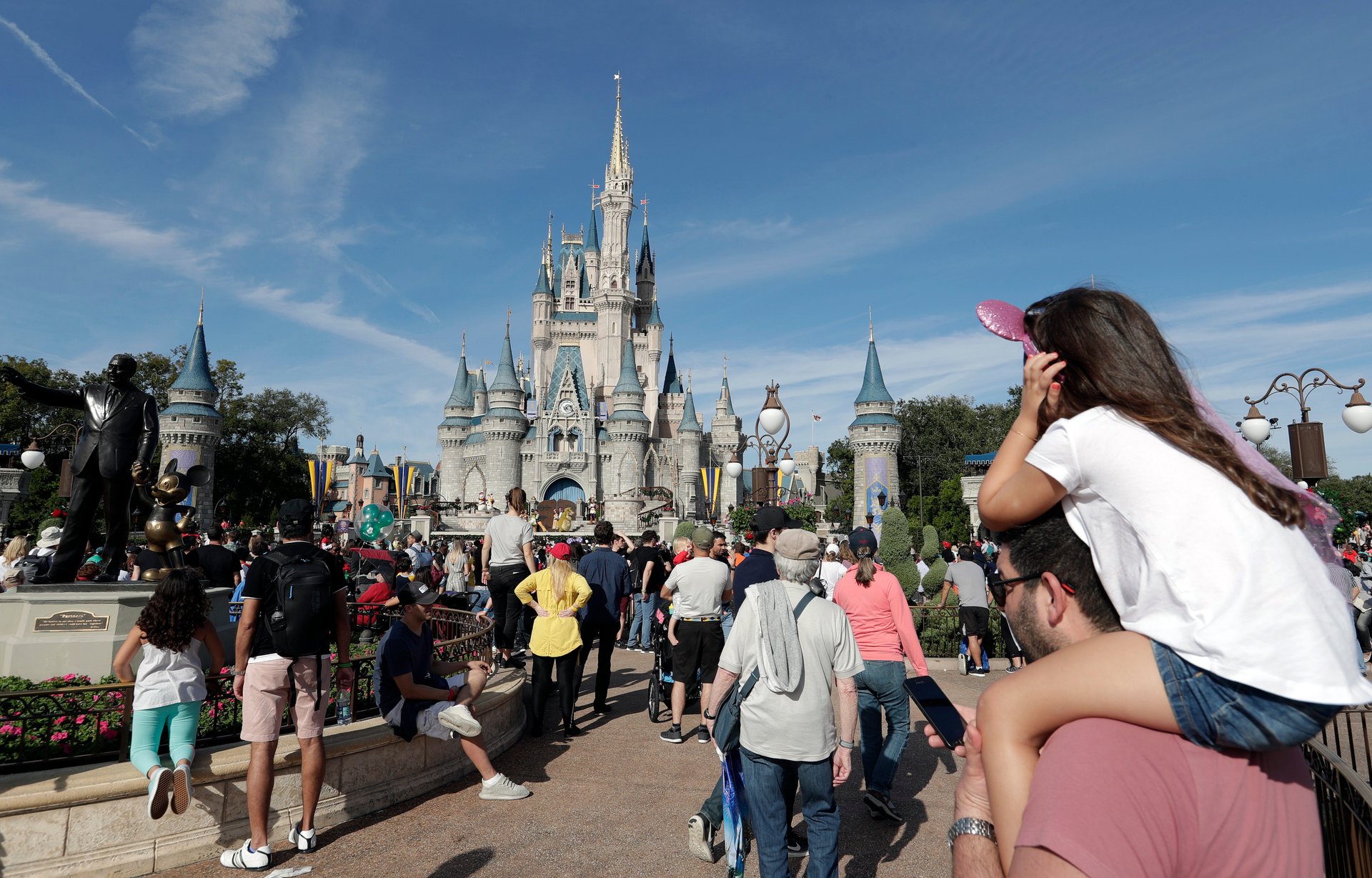
After consulting with genuine Disney People, we decided to go all in and stay at a resort hotel. It can be eye-wateringly expensive (although we found a relatively good deal by staying mid-week), but it offers lots of perks, including the ability to reserve rides and meals months in advance. This is essential, they said, to out-maneuver the hordes. You can’t over-plan Disney, we were told.
A few weeks before we left, a package arrived with our Magic Bands. These wristbands would serve as room keys, passes for rides, and debit cards. It was a given they were tracking our movements; we joked about the great Mickey eye-in-the-sky, monitoring us as we wandered through the parks.
In the Disney bubble. Orlando may be a wonderful city, but we only saw its highways from the window of our Disney Magic Express bus which conveyed us from the airport to our Disney hotel, where we recreated at the Disney pool and arcade, and ate at the Disney restaurants. Just about everything could be charged to our wristband, even booze. Tipping, however, was more complicated, and I felt sorry for the army of servers whose incomes might be casualties of all that convenience. Make sure you bring cash.
I had been to California’s Disneyland as a child, so I knew the basic drill, but it was still hard not to feel overwhelmed by the teeming vastness of the Magic Kingdom, Disney’s OG Florida theme park. We walked and walked and walked, hustling from one end of the park to the other to make our various appointments for rides and meals. My wife was wearing her Fitbit. At home she struggles to reach 7,500 steps. Our first day at Disneyland she crested 25,000.
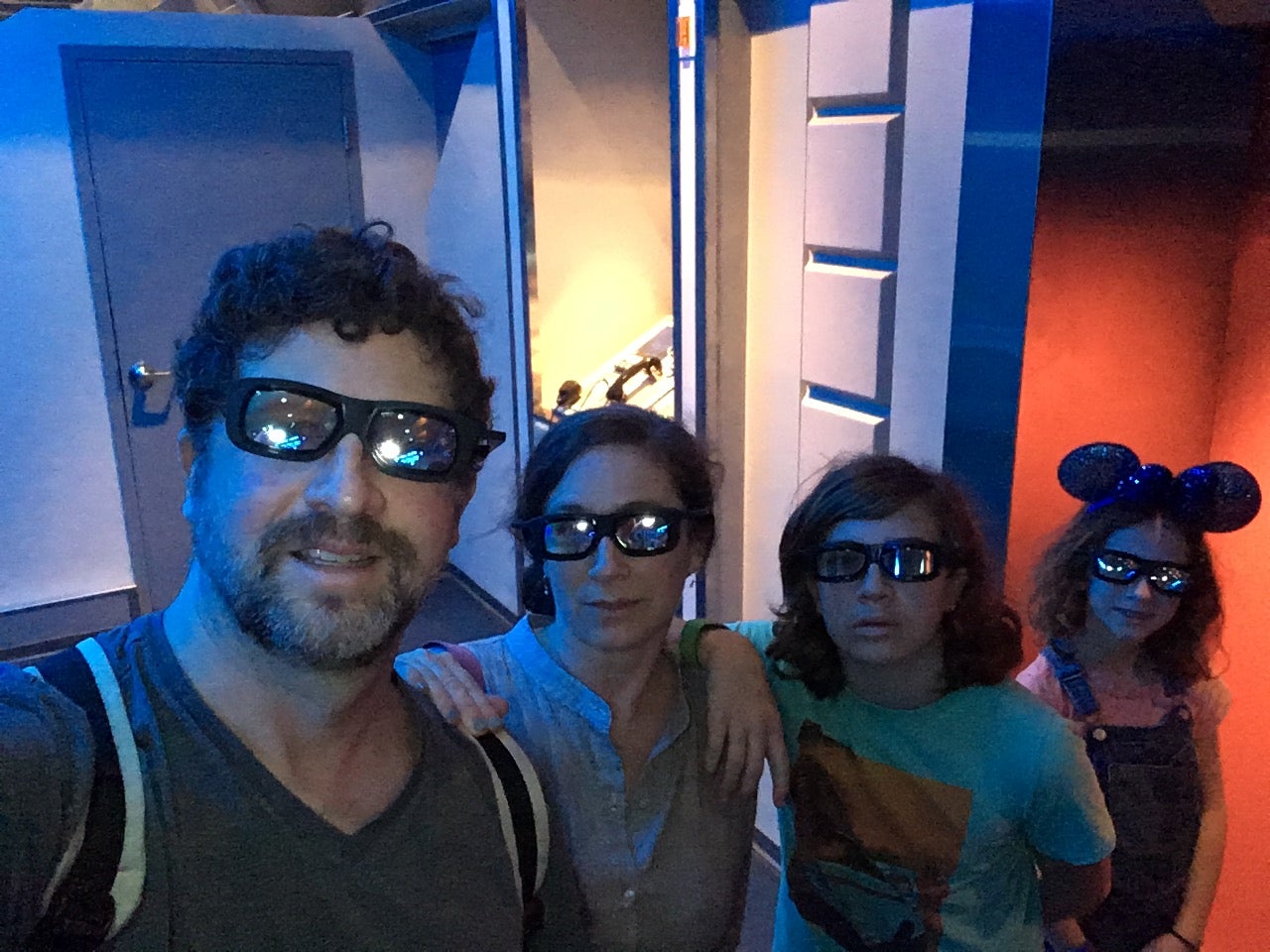
Disney, to its credit, has devised ways to ease the pain. Bathrooms are everywhere, as are water fountains. For the brave souls pushing baby buggies, there is dedicated stroller parking. The restaurants were jammed, but we always managed to find a seat. Most importantly, we took advantage of FastPass+, a free digital reservation system that allowed us to skip the line on three rides a day.
The genius of the scheme is that it allowed us to feel like VIPs, blowing past the poor schmucks standing in line—and the process was reversed when we were the poor schmucks standing in line. One could imagine a scenario where Disney sold it as an upgrade like airlines offering more legroom in business class, but it would lead to seething resentment if everyone didn’t get a chance. Wisely, the system embraces egalitarianism, and allows everyone to share in the fun and misery equally.
All hail Mickey. Mickey Mouse was everywhere, especially on T-shirts. A surprising number of families wore matching versions, with some variation of “Johnson Family Vacation 2020.” Everywhere, too, were Minnie Mouse ears, with a bow. Not just on children (including my daughter, who insisted), but on adults.
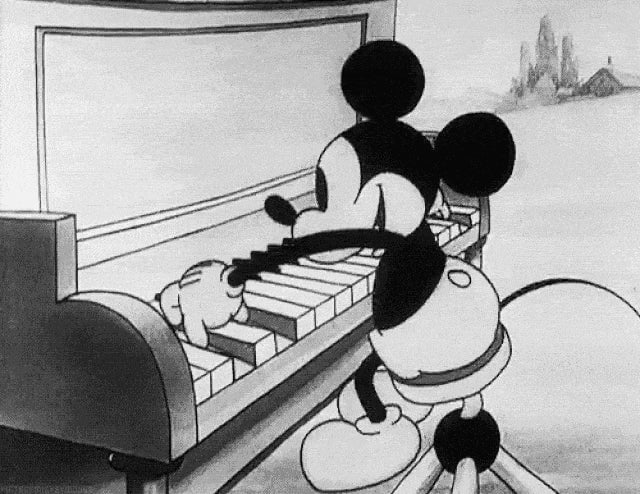
Mickey and his friends are puzzling characters to inspire such devotion. Unlike Bugs Bunny or Woody Woodpecker, whose cartoons were ubiquitous when I was growing up, I rarely saw Mickey Mouse as a kid, and my children haven’t seen much more. They are characters without stories or backstories. Bugs Bunny likes carrots and is a wiseass, but Mickey is a cypher. I couldn’t tell you anything about his predilections.
My curmudgeonly view on the T-shirts was that Disney didn’t need my help with its advertising, but I began to see that wearing Disney paraphernalia was part of the collective experience—like wearing your home team’s shirt to a game. The T-shirts weren’t just souvenirs. They were part of a uniform the park goers were eager to don. Mickey’s blandness makes him the perfect choice for an emblem for pledging fealty to Disney—he’s more of a corporate logo than a character.
Shelter from the storm. I realized that getting the most out of Disney means surrendering to it. It meant plunging into a bubble of corporate benevolence, where we were sheltered from the storm and stress of the world outside. Coronavirus was beginning to spread beyond China, but I saw no face masks. The US has never felt more polarized and viciously partisan, but even in the heated days of primary season there was virtually no sign of politics. We must have walked past 100,000 people in our three days, but I saw just one lonely MAGA hat.
If the outside world is messy, Disney is clean. If it’s chaotic, Disney is organized. If it’s harsh, Disney is gentle. If the world provokes confusion, Disney offers reassurance. Here, everything is going to be fine.
When we emerged from our Disney bubble, I was confronted with a long list of emails and messages that needed my attention. We missed a key Democratic debate. The Dow Jones was teetering. Coronavirus was advancing. Things looked bad out in the real world, and there was no assurance they would get any better.
I started thinking about our next Disney vacation.
Have a great weekend,

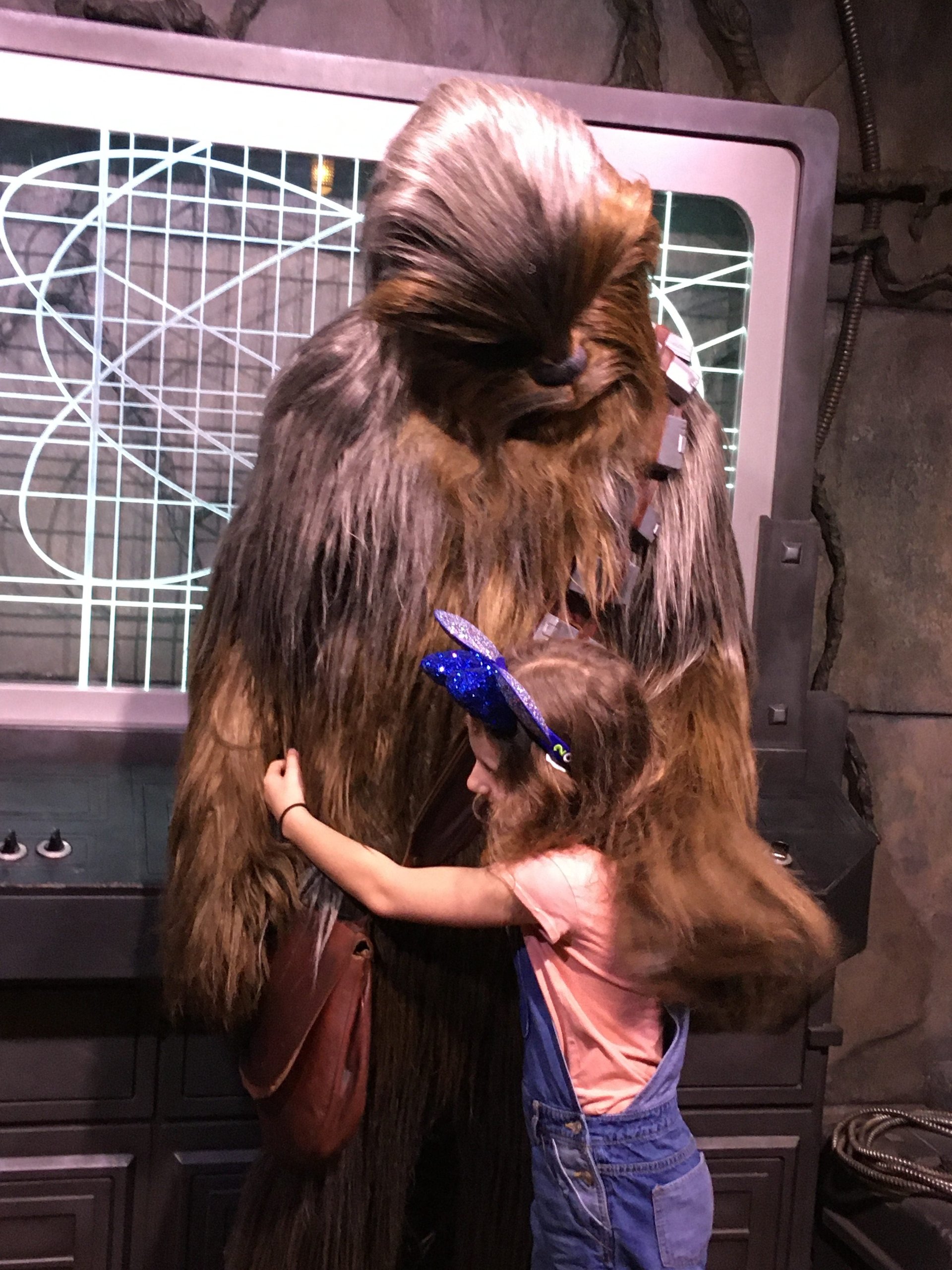
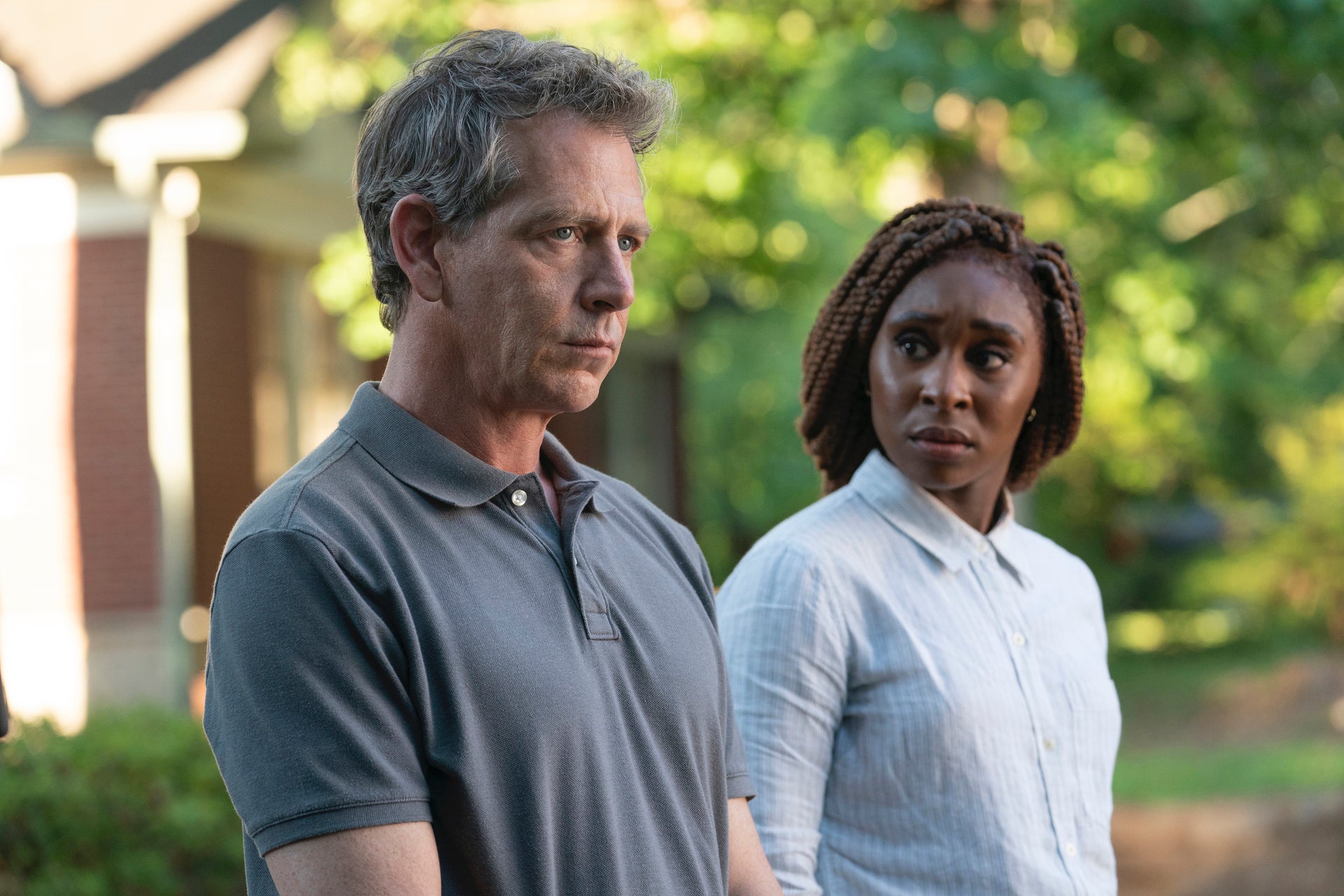
My favorite thing on TV this winter has been HBO’s The Outsider, a taut and creepy police procedural with a supernatural sheen. Based on a book by Stephen King, it was developed for TV by Richard Price, the author of gritty novels like Clockers and creator of The Night Of, also on HBO. The story, set among the strip malls and cul-de-sacs of the modern south, is delightfully unnerving, but it’s the acting you’ll remember most, especially from Ben Mendelsohn as a weary and confused cop and Cynthia Erivo as a private investigator with unusual gifts. Binge it this weekend, and you’ll be ready for the finale Sunday night.